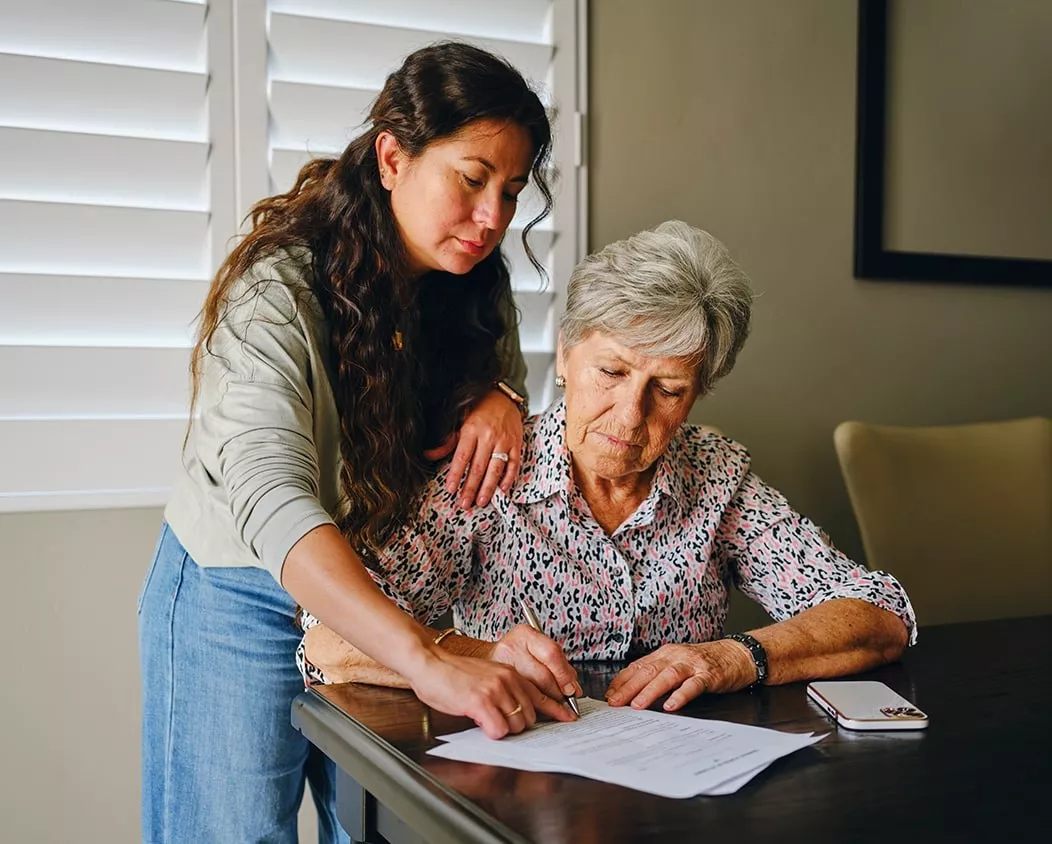
Building your retirement emergency fund
You might start saving for an emergency fund five to 10 years before retirement, or even sooner – the earlier you begin, the easier it will be.
Compared to a regular emergency fund, the retirement emergency fund you’re building might include investments with more earning potential, such as short-term bonds – depending on your time horizon and risk tolerance. But when retirement arrives, you’d typically focus on safe, liquid investments, such as high-interest savings.
You can finance your retirement emergency fund by contributing a portion of each paycheque or by depositing all or part of your annual bonuses or tax refunds. After your children are on their own or your mortgage is paid off, you could contribute some of the freed-up cash. When retirement arrives, you could transfer the unused sum from your regular emergency fund.
During retirement, you could add to the emergency fund if you have a source of earned income, such as business or rental income. You could also contribute any money from your mandatory Registered Retirement Income Fund (RRIF) withdrawals not needed as retirement income.




